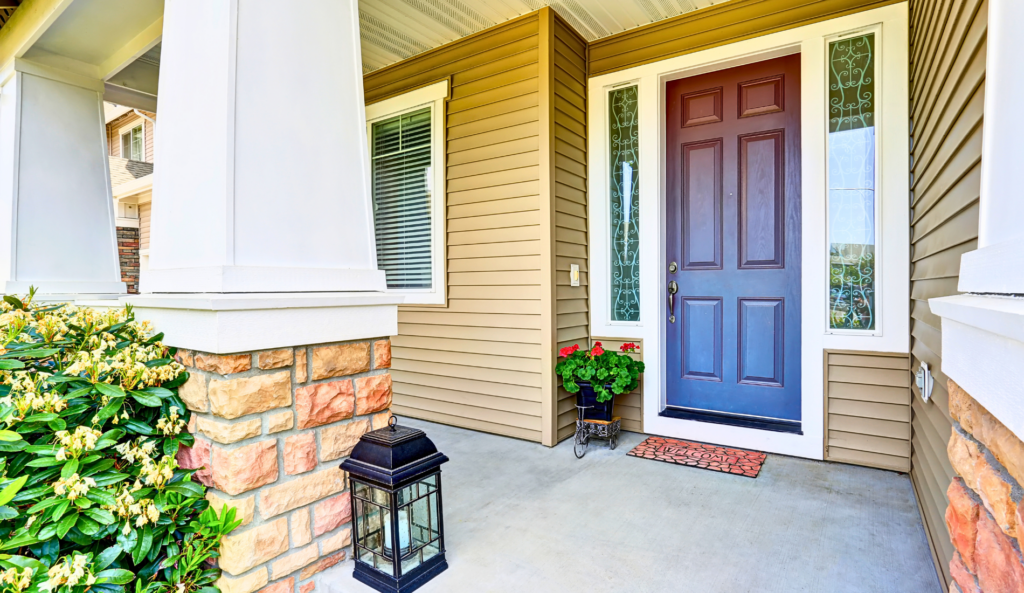Your patio is an extension of your home, a place to relax, entertain, and enjoy the outdoors. Painting your patio is a simple yet impactful way to refresh this space, adding both beauty and functionality. But before you grab that paintbrush, it’s crucial to know the dos and don’ts to ensure a successful patio painting project. This guide offers expert insights and practical tips to help you achieve a professional finish that stands the test of time.
Patio Painting Techniques
Knowing the right techniques can save you time and ensure a professional finish. Here are some key dos and don’ts:
The Best Weather Conditions for Painting
Do paint on a dry, mild day. Extreme temperatures or high humidity can affect paint adhesion and drying time. Check the weather forecast and aim for a string of dry days.
Proper Application Techniques
Do use long, even strokes when applying paint. Start from one end and work your way systematically to avoid lap marks. Apply two coats for better coverage and durability.
Mistakes to Avoid for a Professional Finish
Don’t rush the drying process. Allow adequate drying time between coats to prevent bubbling and peeling. Also, avoid painting in direct sunlight as it can cause the paint to dry too quickly.
Enhancing Your Patio Design
Once you’ve nailed the basics, it’s time to get creative. Personalize your patio with unique design ideas that reflect your style.
Creative Design Ideas to Personalize Your Space
Consider adding a pop of color with accent walls or painted furniture. Bold colors can make a statement, while neutral tones offer a timeless look.
Suggestions for Incorporating Patterns and Color
Stencils can add intricate patterns to your patio floor. Whether it’s a geometric design or a floral motif, stencils offer endless possibilities. You can also use painter’s tape to create stripes or other geometric patterns.
Adding Functional Elements
Functional elements like a painted rug area or designated zones for dining and lounging can make your patio more enjoyable and practical. Use different colors to distinguish these areas.
Environmental and Health Considerations
Being mindful of the environment and your health is essential when undertaking any home improvement project.
Importance of Using Eco-Friendly Paints
Eco-friendly paints are free from harmful chemicals and better for the environment. Look for paints labeled low-VOC (volatile organic compounds) or zero-VOC to minimize toxic fumes.
Tips for Ensuring Proper Ventilation During Painting
Always paint in a well-ventilated area. If you’re in an enclosed space, use fans to circulate air and wear a mask to protect against fumes.
Disposal of Paint and Materials
Properly dispose of leftover paint and materials according to local regulations. Many communities have hazardous waste disposal programs.
Selecting the Right Paint and Tools
Choosing the right paint and tools is the foundation of a successful patio painting project. Here’s what you need to know:
Importance of Choosing the Right Paint
The paint you choose must withstand harsh weather conditions and heavy foot traffic. Look for paints specifically designed for outdoor use, as they offer better durability and adhesion.
Overview of Paint Types Suitable for Outdoor Use
- Acrylic Paint: Ideal for patios, acrylic paint is known for its durability and resistance to UV rays and moisture.
- Epoxy Paint: This type offers superior toughness and is excellent for concrete surfaces, although it requires more preparation.
- Oil-Based Paint: While not as commonly used for patios, oil-based paint provides a hard, durable finish but takes longer to dry.
Tools Needed for Preparation and Painting
Investing in quality tools can make a significant difference in the outcome. You’ll need:
- Paint rollers and brushes
- Painter’s tape
- Drop cloths
- Scrapers and wire brushes
- Power washer or garden hose
Preparing Your Patio
Proper preparation is key to a lasting paint job. Skipping these steps can lead to peeling and cracking down the line.
Cleaning the Surface
Start by thoroughly cleaning your patio to remove dirt, mildew, and old paint. Use a power washer or garden hose for the best results. Allow the surface to dry completely before proceeding.
Repairing Cracks and Uneven Surfaces
Inspect your patio for cracks or uneven areas. Use a concrete patching compound for repairs. Sand the repairs smooth to ensure an even finish when painted.
Priming the Surface
Priming is often overlooked but essential. It helps the paint adhere better and lasts longer. Choose a primer compatible with your chosen paint type for the best results.
Hire Cova for Your Next Patio Painting Project
Entrusting your patio painting project to professionals ensures a flawless finish that elevates your outdoor space. At Cova, we specialize in transforming patios into stunning, functional areas you’ll love to use. Our team of experienced painters utilizes top-quality materials and advanced techniques to deliver long-lasting results. We handle every aspect of the project, from meticulous preparation to the final coat, ensuring your patio is both beautiful and durable.
Contact Cova today to schedule a consultation and take the first step toward creating the patio of your dreams.


